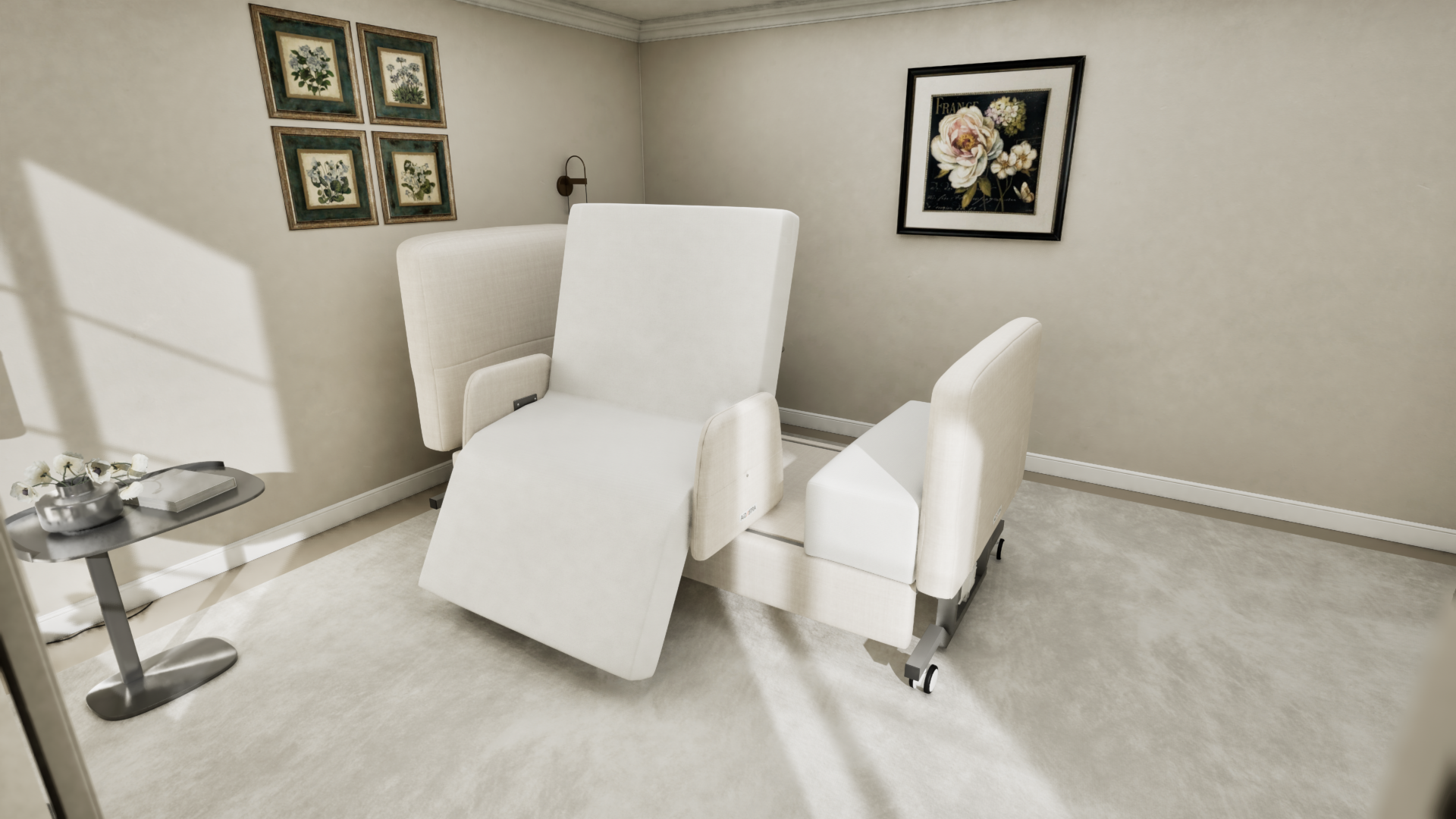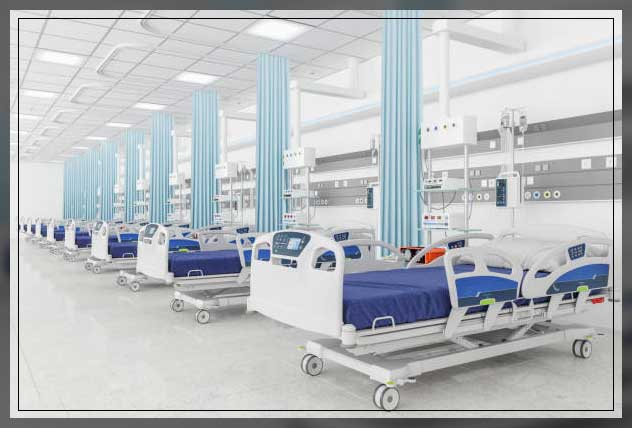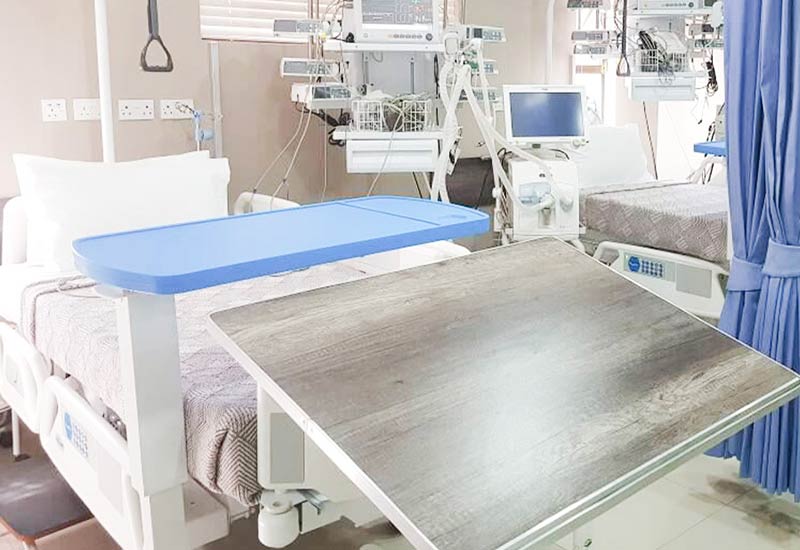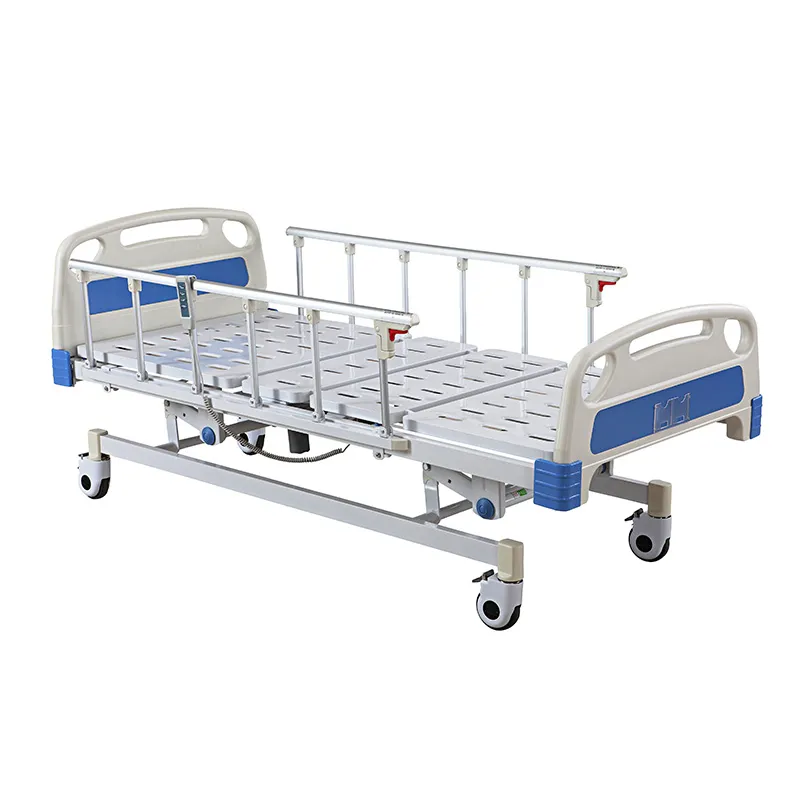Not known Details About Hospital Beds For Home Use
Table of ContentsSome Known Facts About Hospital Beds For Home Use.Not known Incorrect Statements About Hospital Beds For Home Use Not known Incorrect Statements About Hospital Beds For Home Use Hospital Beds For Home Use Can Be Fun For EveryoneThe Of Hospital Beds For Home UseThe Best Guide To Hospital Beds For Home UseHospital Beds For Home Use - An Overview
There are three major types of hospital beds: handbook, semi-electric, and fully-electric. These beds use hand cranks to adjust the bed's height and raise and reduce the head and the foot.
Semi-electric beds have an electrical motor to elevate and lower the head and foot portions of the bed (hospital beds for home use). Full-electric beds have an electrical motor that can raise the head and foot areas of the bed as well as the whole elevation and positioning of the bed.
Unknown Facts About Hospital Beds For Home Use
Some models can also relocate into even more placements, such as the Trendelenburg (tilt) placement. There are several kinds of hospital beds, each designed to meet certain client demands. Here are some usual kinds: This is one of the most usual type of hospital bed, made for basic clinical usage. It has a manual or electrically adjustable headrest, foot rest, and elevation.
Lower to the ground than a typical bed. This type of bed is designed for bigger clients, with a broader frame and greater weight ability than a common bed. This kind of bed is designed specifically for children, with smaller sizes than a standard bed. Special attributes such as full length side rails and animation style.
This sort of bed is made for seriously ill individuals that call for open surveillance and specialized clinical equipment such as ventilators and infusion pumps. This type of bed is made for use during labor and shipment, with flexible placements and features to sustain the mother and infant during the birth procedure.
How Hospital Beds For Home Use can Save You Time, Stress, and Money.
Numerous feature and the accessories carry out expanding grip to different components of the vertebra and the extremities without moving the body. These are just a few instances of the kinds of hospital beds available. The details sort of bed utilized will certainly depend upon the person's condition, medical requirements, and other aspects.
Below is things you need to understand. A one-function hospital bed is a medical bed that allows a client to move only the head or foot section up or down. A 2 function healthcare facility bed typically refers to a kind of medical bed that has 2 flexible functions to aid people in healthcare facilities or treatment facilities.

The 7-Minute Rule for Hospital Beds For Home Use
A 7-function ICU bed is a type of clinical bed that offers several flexible functions to sustain critically ill people in a critical care unit (ICU) (hospital beds for home use). The seven features normally consist of: Backrest adjustment: The back-rest can be adapted to numerous angles to aid the individual rest up or relax easily
Elevation change: The bed can be raised or reduced to make it easier for patients to obtain in and out of bed, and for caregivers to provide treatment. Trendelenburg setting: The whole bed can be tilted to advertise blood flow and circulation in the body. Reverse Trendelenburg placement: The bed Full Report can also be tilted in the opposite instructions to advertise blood flow and flow in the upper body.
While even more economical than electrical designs, these beds require exertion for adjustments. The major advantages of manual beds are their cost and dependability, as they do not count on electrical energy. Nonetheless, the demand for hands-on effort can be a limitation in circumstances where fast changes are required or where caregivers deal with physical challenges.
Little Known Questions About Hospital Beds For Home Use.
They are fit for clients who call for very little rearranging for comfort or clinical needs. Semi-electric healthcare facility beds use an equilibrium of handbook and electrical controls. The head and foot sections are typically adjusted with electrical controls, while the elevation is adjusted manually. These beds provide an excellent center ground between manual and completely electric choices, using ease of usage without the complete cost of electric versions.
Semi-electric beds are appropriate for people who require modest changes to the head and foot sections but can handle without constant elevation changes. This makes them a cost-effective service for those seeking convenience and comfort without the need for continuous repositioning. Totally electrical healthcare facility beds feature electrical controls for smooth adjustments to the elevation, head, and foot areas.
Specialty healthcare facility beds, such as ICU beds, lasting treatment beds, and bariatric beds, are very carefully designed to deal with specific medical needs. These beds use tailored look after diverse individual groups, boosting both outcomes and comfort. In the adhering to areas, we will certainly explore the main types of specialized hospital beds, describing their certain advantages and applications.
With years of experience in producing electrical linear actuators - hospital beds for home use and close collaboration with the their website healthcare sector, TiMOTION is well-positioned to offer trustworthy health care solutions. Our vertically integrated company handles every step of the production procedure, from layout to actuator setting up, guaranteeing we supply extraordinary value and customized remedies tailored to your details demands
The Main Principles Of Hospital Beds For Home Use

For more information concerning integrating these technologies into your items, call us today. Further analysis:.
Data is sourced from the Medicare Price Report.

Not known Factual Statements About Hospital Beds For Home Use
A medical he has a good point facility bed is a bed developed particularly for clinical purposes. It is not just a place for patients to rest, however also a platform for clinical procedures. Unlike regular home beds, health center beds normally have adjustable attributes, which can assist in clinical staff to make various modifications according to the needs of clients, such as changing the elevation, inclination, and assistance angle of the back and legs of the bed.